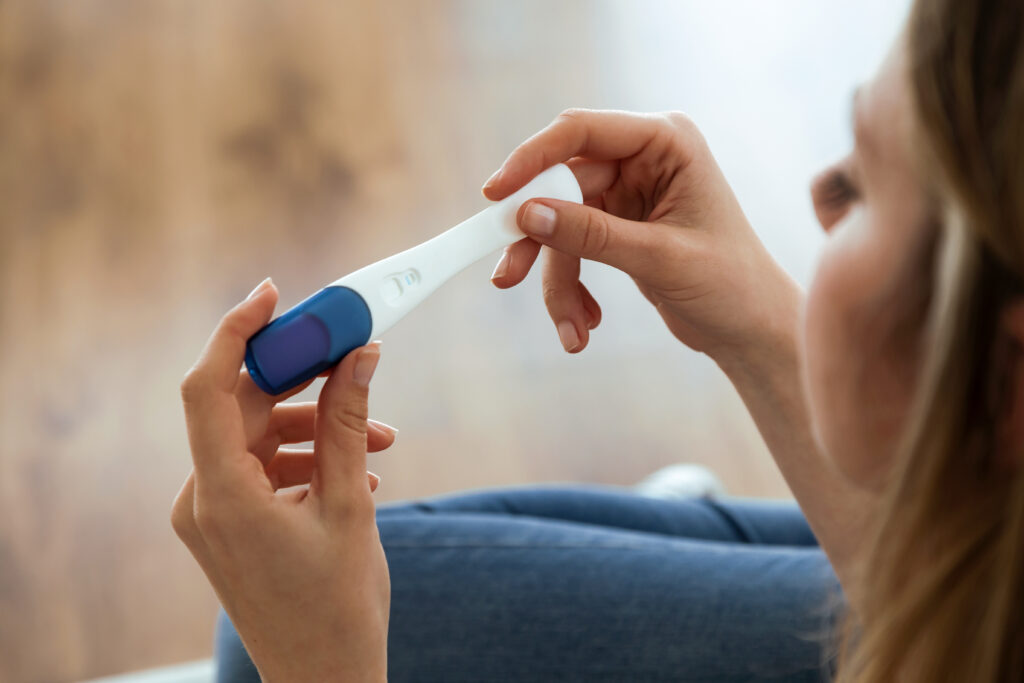
Sex Ed 201: The Long and Winding Road
Have you ever thought about the incredible journey sperm and egg cells must undertake to unite and create a new human life? The process of human fertilization is truly remarkable, but it’s also incredibly complex, and the odds of a sperm cell successfully fertilizing an egg are a bit of a long shot (pun intended!) Human reproduction requires these two kinds of sex cells or gametes. The male gamete, or sperm, and the female gamete, the egg or ovum, meet in the female’s reproductive system where a series of “just right” conditions lead to conception and eventual birth of a new and unique baby human.
First, let’s take a look at the numbers. Did you know that it takes approximately 74 days for sperm to be ejaculate-ready from initial production in the testes? During ejaculation, a man releases up to 500 million sperm cells! However, only a small percentage of ejaculated sperm will successfully make it anywhere near the egg in the fallopian tube. According to some estimates, only about 200 sperm will reach the fallopian tube, where they must swim against the current, avoid obstacles, and navigate through a complex maze of cells to reach the egg. And even then, the chances of a single sperm successfully fertilizing the egg are quite slim. Interestingly, while some sperm can approach an egg in the fallopian tube within 5-20 minutes of ejaculation, other sperm may live in the female reproductive tract for up to 5 days awaiting the release of an egg.
Now, let’s talk about the egg. Women are born with 500,000+ eggs, several of which respond each month to the hormone FSH (produced in the brain) to mature inside an ovarian follicle. The dominant follicle, which produces the most estrogen each month, establishes itself as “the one” to liberate its egg. The release of a mature egg from the ovary is called ovulation, which initiates a narrow window of opportunity for fertilization to occur. The egg travels down the fallopian tube towards the uterus, prepped for meeting an influx of sperm along the journey. A protective layer of cells surrounds the egg, and a thick membrane covers the egg’s outer layer, allowing only one sperm to penetrate. A domino effect of hormones, including FSH, estrogen, LH, & progesterone, are critical players in this detailed process. Putting the numbers together, this “fertility timeline” where pregnancy is possible represents approximately 6 total days of a female’s menstrual cycle.
The eventual union of sperm and egg at fertilization forms a zygote, the first cell of a new human person! (If more than one egg is released and fertilized or if the fertilized egg splits into two, multiple zygotes may be formed.) Remarkably, the zygote’s single cell contains 23 chromosomes from both mom and dad, the genetic building blocks needed to develop into a fully formed human being. While the zygote is just a single cell, it is a living organism with a unique human nature. It has the potential to develop into a complex organism with all the characteristics that define us as human beings, including a unique and complete genetic code, the ability to grow and develop, and the potential for conscious thought and feeling. The zygote then undergoes a process of cell division, eventually forming an embryo that implants in the lining of the uterus and then a fetus that further grows and develops.
So, the next time you think about the incredible odds stacked against sperm and egg uniting, take a moment to appreciate the extraordinary complexity and beauty of this process. It truly is one of the most incredible journeys any living cell can undertake, and when it does happen, the result is nothing short of miraculous!
This article was written by a practicing registered nurse at Insight Women’s Center.
Want to talk more about this? We’re here to answer your questions, provide help and give you options. It won’t cost you a thing to come in and speak with one of our nurses on staff.
Just click the appointment button below and pick a time that works for you.
Safe, caring, knowledgeable, and confidential.
We’re here to help!
“Female Reproductive System” Cleveland Clinic
“Male Reproductive System” Johns Hopkins All Children’s Hospital
“Pregnancy Week By Week” Mayo Clinic
“Personhood Status of the Human Zygote, Embryo, Fetus” National Center for Biotechnology Information
“Sperm Survival at Estimated Ovulation Time: Prognostic Significance” Fertility and Sterility


